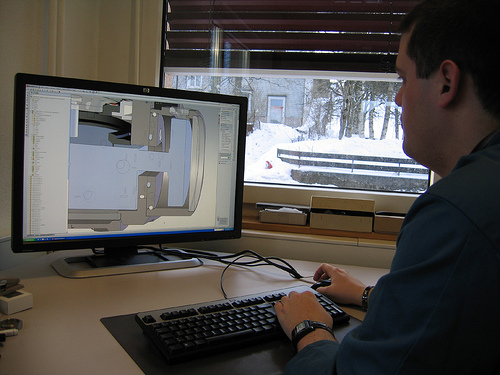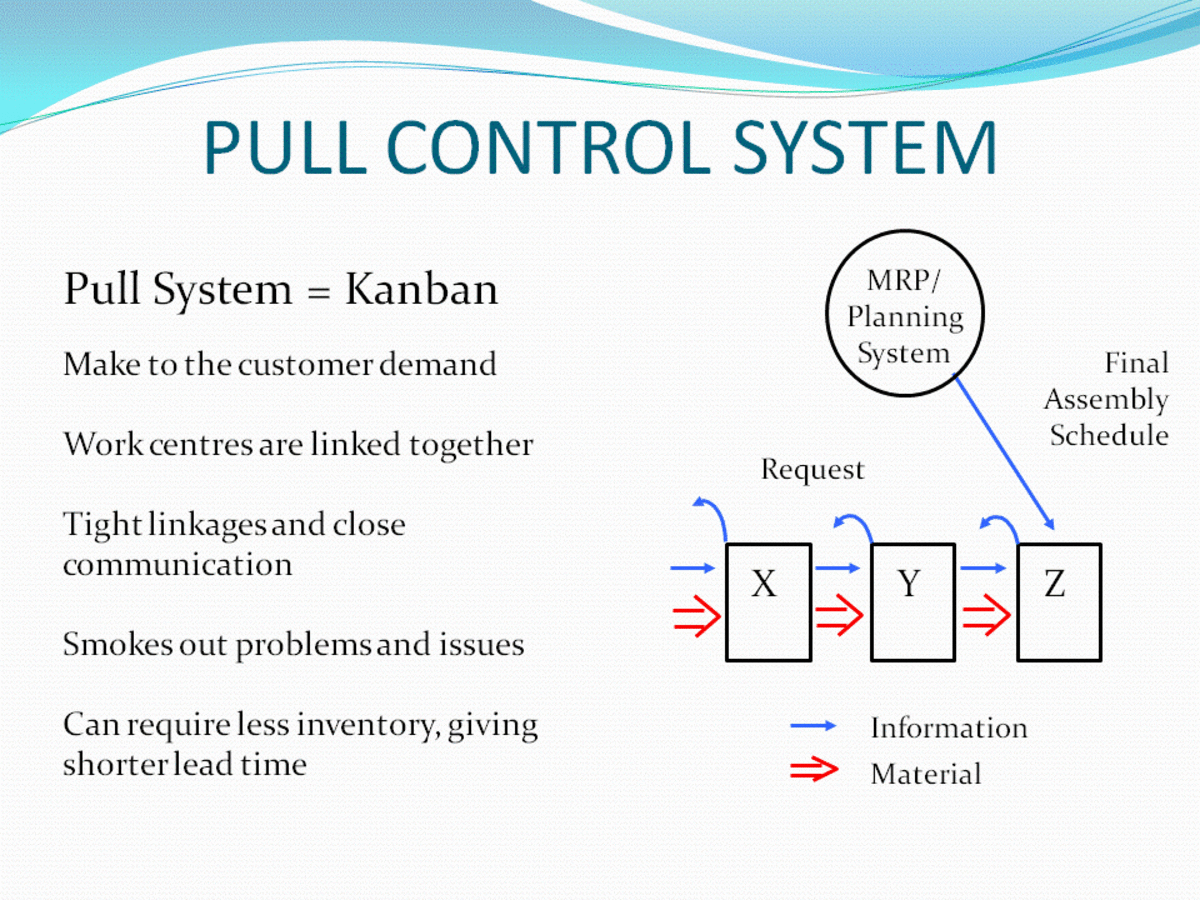CIM - Computer Aided Design and Manufacturing
Computer-Aided Design (CAD) is an electronic system for designing new parts or products or altering existing ones, replacing drafting traditionally done by hand. The heart of CAD is a powerful desktop computer and graphics software that allow a designer to manipulate geometric shapes. The designer can create drawings and view them from any angle on a display monitor. The computer can also simulate the reaction of a part to strength and stress tests.
- Computer Integrated Manufacturing - CIM
Computer-integrated manufacturing (CIM) is an umbrella term for the total integration of product design and engineering, process planning, and manufacturing by means of complex computer systems.
Computer-Aided Design (CAD) is a tool used in Computer-Integrated Manufactuing or CIM.
Please click the link to read more about Computer-Integrated Manufactuing.
Using the design data stored in the computer’s memory, manufacturing engineers and other users can quickly obtain printouts of plans and specifications for a part or product. CAD cuts the cost of product development and sharply reduces the time to market for new products. It is revolutionizing in-house design departments, from IBM to Rubbermaid and AT&T to Steelcase. CAD literacy is now a prerequisite for designers, and investments in it are growing rapidly. Many company budgets for CAD are three times what they were in 1990. The largest sums are going for software, with Pro-Engineer clearly approaching a national standard in the United States.

Analysts can use CAD to store, retrieve, and classify data about various parts. This information is useful in creating families of parts to be manufactured by the same group of machines. Computer-aided design saves time by enabling designers to access and modify old designs quickly, rather than start from scratch.
The component of CIM that deals directly with manufacturing operations is called computer-aided manufacturing (CAM). CAM systems are used to design production processes and to control machine tools and materials flow through programmable automation. For example, researchers at the Technology/Clothing Technology Corporation are developing a concept to enable clothing manufacturers to create “custom” clothing. The concept involves using a computer scan of a customer’s body and a computer-driven machine to cut the fabric to fit the customer perfectly. Automated custom clothing goes against established apparel industry procedures, whereby companies cut dozens of layers of cloth at the same time to hold down labor costs. However, labor costs account for only 11 percent of the cost of the garment delivered to the customer.
Nonvalue-added handling (including inventory costs) after manufacture accounts for 27 percent, which is the cost category that this technology can reduce. It also has the advantage of fostering customization and speedy delivery as competitive priorities. For example, Levi Strauss is already using similar, although more cumbersome, technology for women’s jeans, and its customers are willing to pay a premium.
A CAD/CAM system integrates the design and manufacturing function by translating final design specifications into detailed machine instructions for manufacturing an item. CAD/CAM is quicker, less error prone than humans, and eliminates duplication between engineering and manufacturing. CAD/CAM systems allow engineers to see how the various parts of a design interact with each other without having to build a prototype. One of the more recent and stunning examples is the ability of Boeing to design and build its 777 widebody airframe without any prototype work at all. The first physical version was the actual plane that test pilots flew in 1994. Boeing’s engineers used Dassault Systemes’ software called CATIA, short for Computer Assisted Three-Dimensional Interactive Analysis. This French company is one of the most prominent of dozens of software suppliers. Another example is the K2 Corporation, the largest U.S. manufacturer of Alpine skis, which must continually redesign its products to meet changing customer needs. It produces about 20 different models in 12 different lengths. Its CAD and CAM workstations allow designers to convert the numerical descriptions for a new ski shape into drawings and tooling designs and to create machining instructions that can be used directly by the milling machines.
- CIM - Flexible Manufacturing the System
A flexible manufacturing system (FMS) is a configuration of computer-controlled, semiindependent workstations where materials are automatically handled and machine loaded. - CIM - Numerically controlled the machines & Industrial Robots
Numerically controlled (NC) machines are large machine tools programmed to produce small- to medium-sized batches of intricate parts. Industrial robots are versatile, computer-controlled machines programmed to perform various tasks. - CIM - Automated Materials the Handling
Materials handling covers the processes of moving, packaging, and storing a product. Moving, handling, and storing materials cost time and money but add no value to the product.








